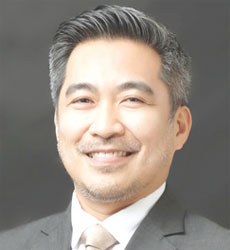OUR Constitution recognizes the complementary roles of the public and private sectors in the delivery of education, and as such, the State is mandated to exercise reasonable supervision and regulation of all educational institutions. The public and private sectors in education operate in different policy environments. Public schools are established, funded and operated by the State. Private schools, on the other hand, are established pursuant to law, are not public-funded, and their operations are subject only to the oversight power of the State. Despite having two sectors, there is only one Philippine education system, which the Constitution mandates to be complete, adequate and integrated. Clearly, the Constitution did not mandate complementarity merely for the convenience of the government or to relieve itself of its education functions whenever it wishes. Complementarity goes beyond the decongestion of public schools. Culled from various discussions of the Constitutional Commission on the matter, complementarity means that public and private sectors are both indispensable in the delivery of Philippine education, and the integrated, collective, balanced and sustained use of public and private resources will lead to better learning outcomes for the Filipino student, compared to what either sector could achieve separately.
Complementarity is one of the constitutional provisions that are not self-executing. It needs an enabling law to be operationalized. In fact, this dynamic principle of complementarity has not been defined by the Constitution or any law passed by Congress. So far, there have been only two laws passed since the promulgation of the 1987 Constitution that created programs that provide for the complementary roles of public and private education. These are Republic Act 6728 as amended by Republic Act 8545, or the Expanded Government Assistance to Students and Teachers in Private Education Act, also known as the E-Gastpe Act in 1987 and 1998; and Republic Act 10931, or the Universal Access to Quality Tertiary Education Act enacted in 2017. Both laws allow funding of education of students in the private sector in the form of government subsidies. However, because of the lack of an over-arching framework where programs of grants and subsidies such as those under Gastpe and the Free Higher Education Act work, these programs may not be sustainable long-term and, if not implemented properly, could result in unhealthy competition among public and private educational institutions, overcrowding of public education institutions, and inefficient use of government resources due to poor targeting of beneficiaries.
Continue reading with one of these options:
Ad-free access
P 80 per month
(billed annually at P 960)
- Unlimited ad-free access to website articles
- Limited offer: Subscribe today and get digital edition access for free (accessible with up to 3 devices)


